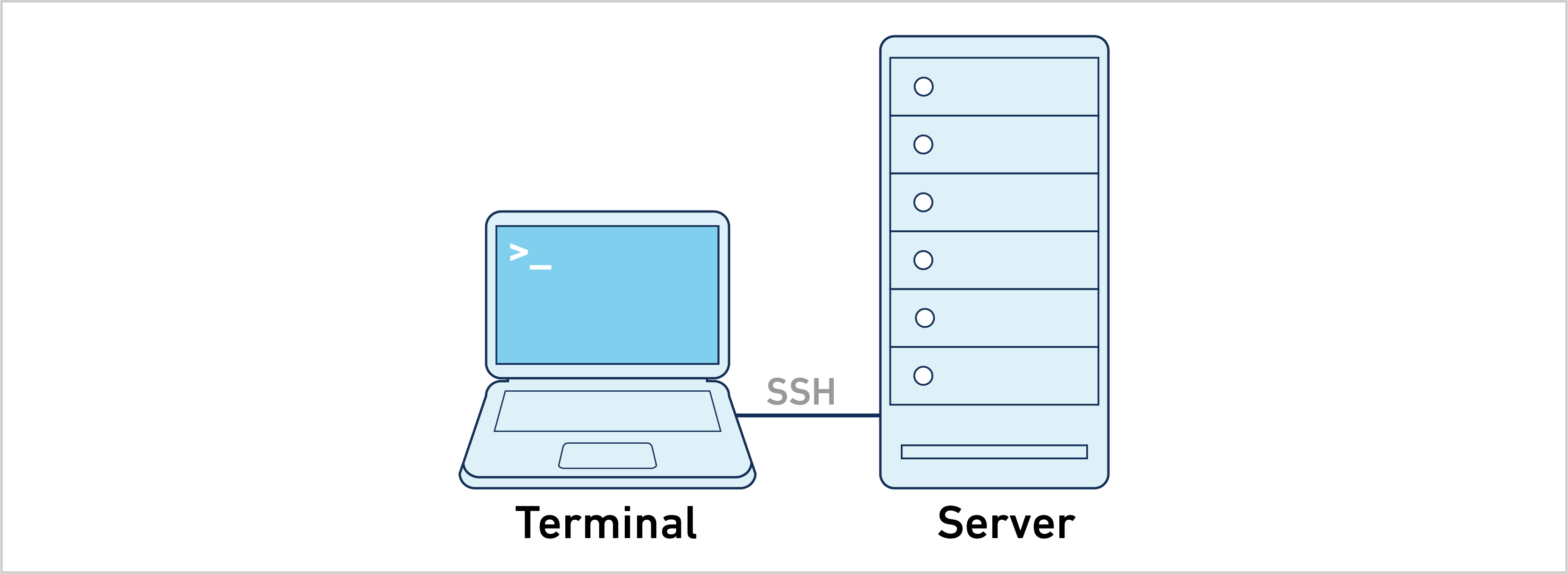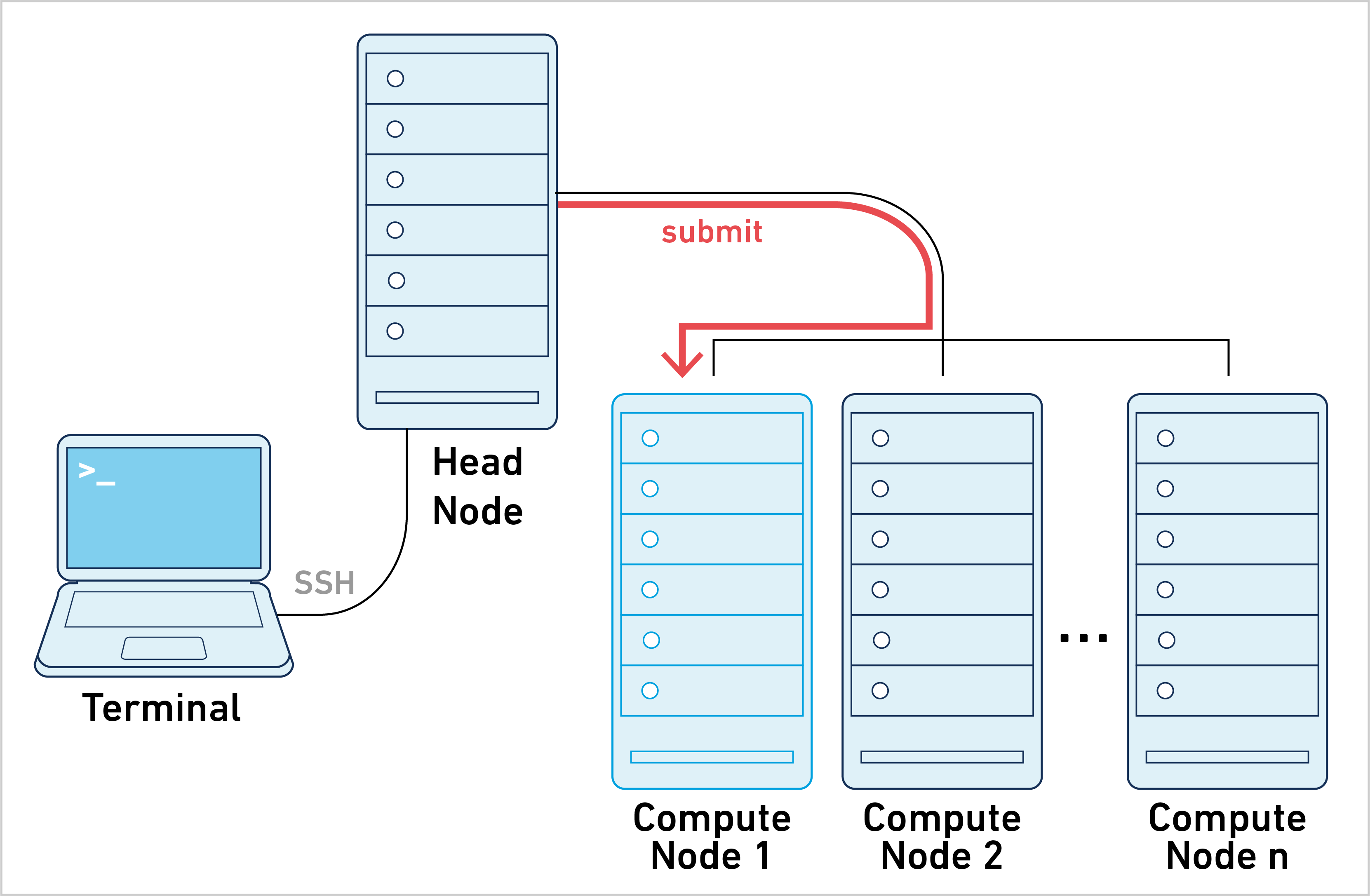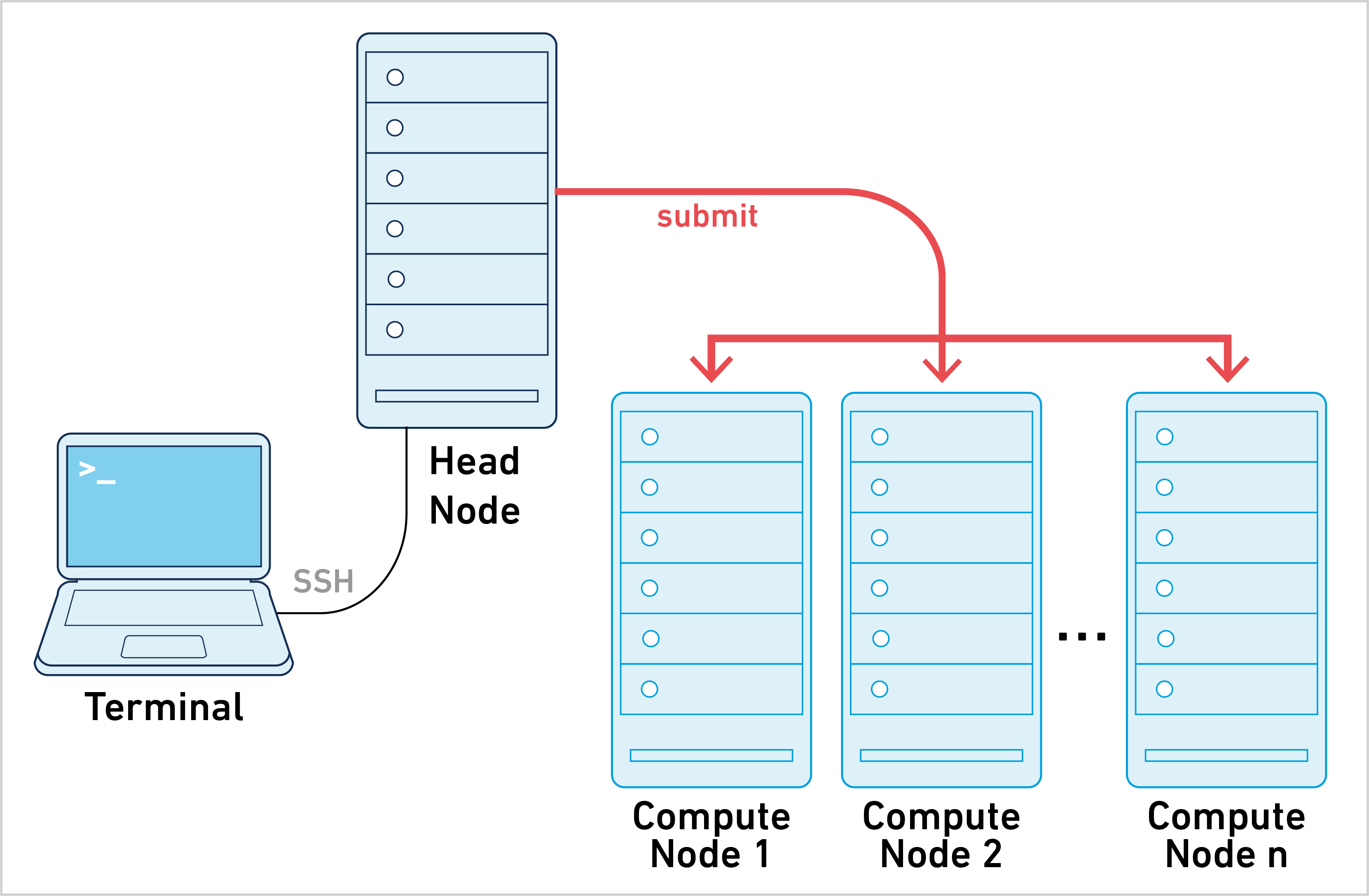10x Genomics
Chromium Single Cell ATAC
Cell Ranger ATAC1.1, printed on 08/10/2025
Different Ways of Running Cell Ranger ATAC
Table of Contents
There are three primary ways to run Cell Ranger ATAC:
- Single Server: Cell Ranger ATAC can run directly on a dedicated server. This is the most straightforward approach and the easiest to troubleshoot.
- Job Submission Mode: Cell Ranger ATAC can run using a single node on the cluster. Less cluster coordination is required since all work is done on the same node. This method works well even with job schedulers that are not officially supported.
- Cluster Mode: Cell Ranger ATAC can run using multiple nodes on the cluster. This method provides high performance, but is difficult to troubleshoot since cluster setup varies among institutions.
Single Server

The majority of the information on this website uses the single server approach. Follow the instructions below to analyze a 10x library:
| By default, cellranger-atac uses all available cores and 90% of detected memory. This behavior may be undesirable in a shared environment with multiple concurrent users and tasks. It is strongly recommended to run cellranger-atac with --localcores and --localmem to specify resource usage upper bounds. In practice, there is negligible return in allocating more than 32 cores or 256G to the pipeline. Check the system requirements page for more information on how resource allocations affect pipeline runtime. |
Job Submission Mode
Cell Ranger ATAC can be run in job submission mode, by treating a single node from the cluster like a local server. This leverages existing institutional hardware for pipeline analysis.
| 10X does not officially support Slurm or Torque/PBS. However, many customers have successfully used Cell Ranger ATAC with those job schedulers in job submission mode. |

This mode of operation is what most people have in mind when it comes to working with clusters; a large computational job is submitted to the cluster, and there is one Job ID to track during job execution. To learn more, please go to the job submission mode page.
Cluster Mode
Cell Ranger ATAC can be run in cluster mode, using SGE or LSF to run the stages on multiple nodes via batch scheduling. This allows highly parallelizable stages to utilize hundreds or thousands of cores concurrently, dramatically reducing time to solution.
| 10X does not officially support Slurm or Torque/PBS. Some customers have successfully used Cell Ranger ATAC with those job schedulers in cluster mode. However, it is unsupported and may require trial and error attempts. |

Instead of submitting one job to the cluster, Cell Ranger ATAC creates hundreds and potentially thousands of small stage jobs. Each of these stage jobs need to be queued, launched, and tracked by the pipeline framework. The necessary coordination between Cell Ranger ATAC and the cluster makes this approach harder to set up and troubleshoot, since every cluster configuration is different. To learn more, please go to the cluster mode page.
- 2.1 (latest)
- 2.0
- 1.2
- 1.0
- Cell Ranger ATAC v1.1